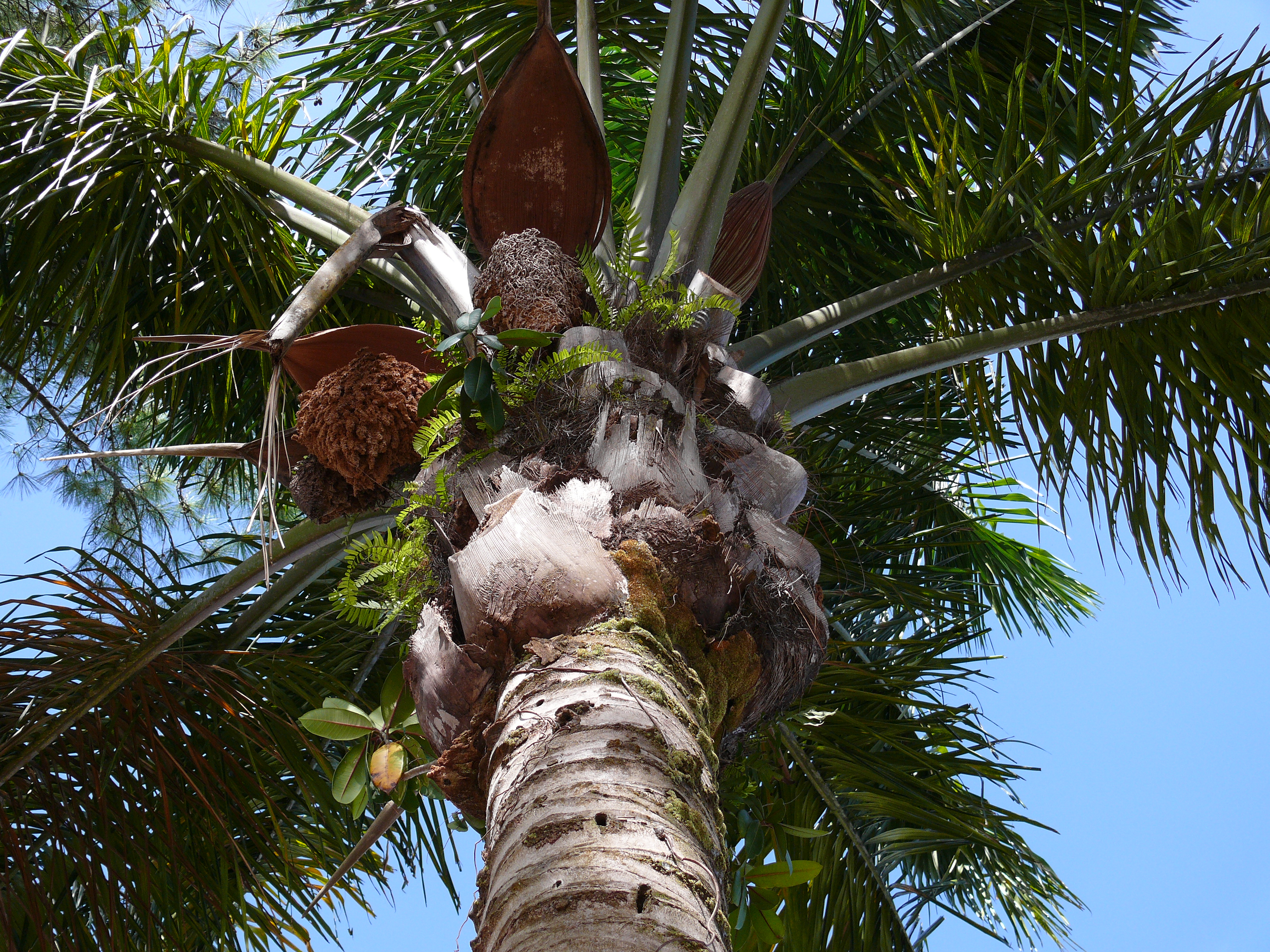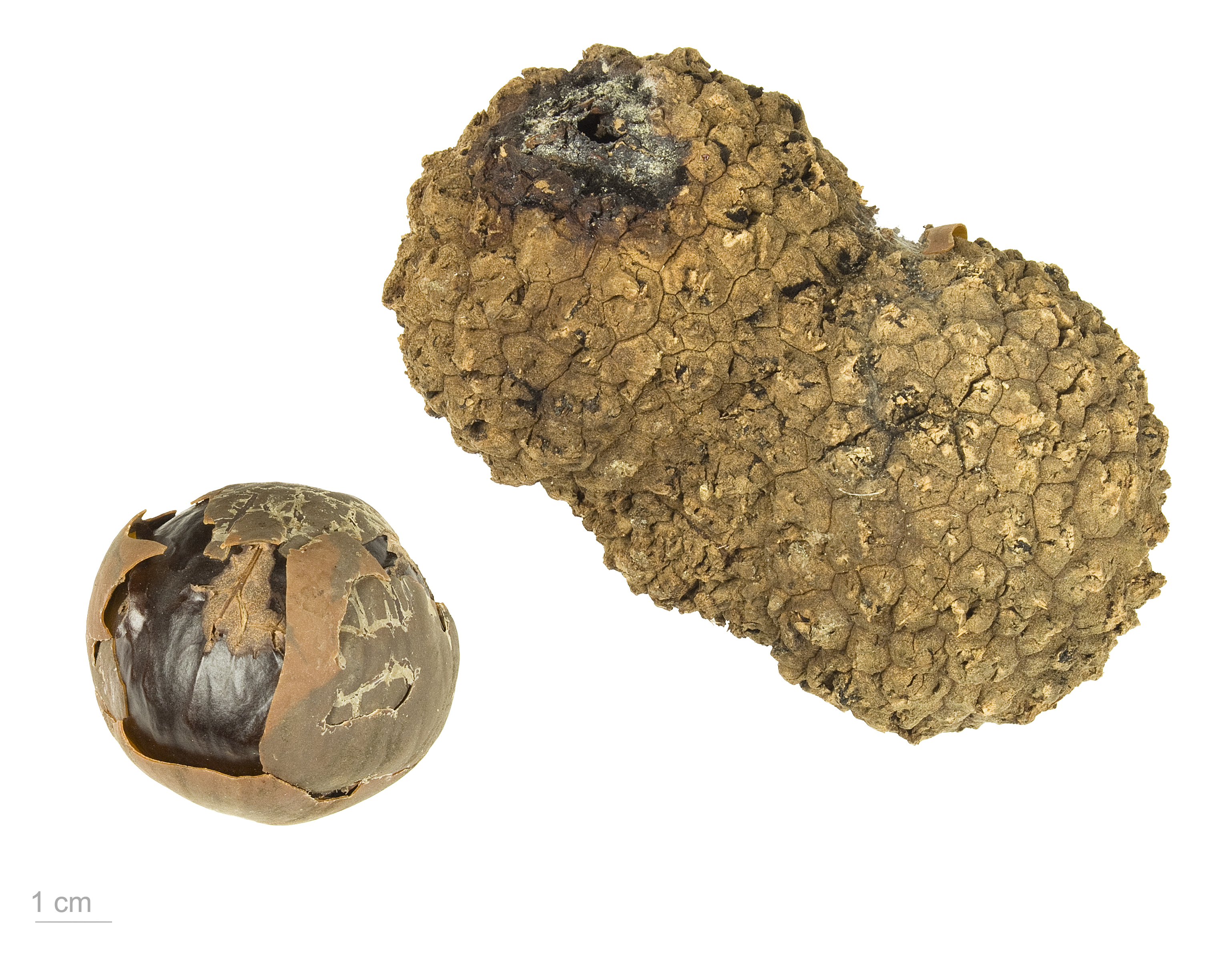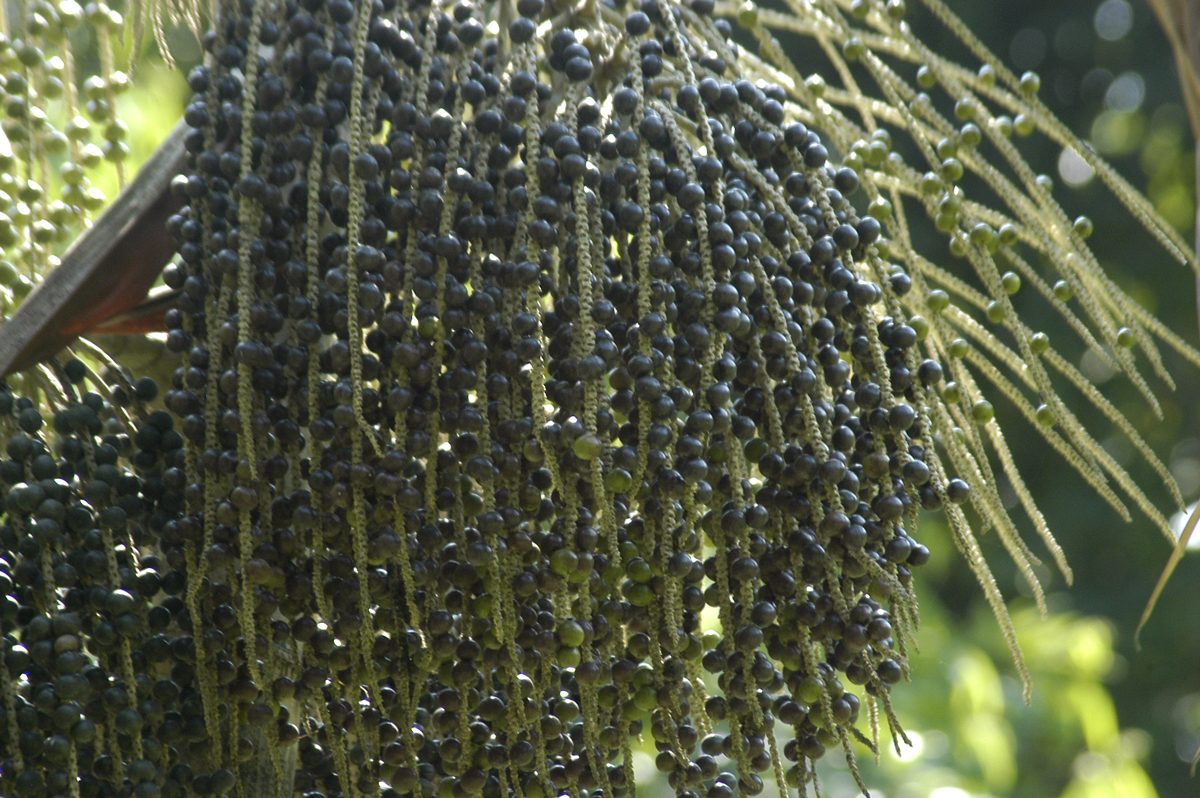|
Orinoco Wetlands
The Orinoco wetlands (NT0906) is an ecoregion of northeast Venezuela within the northern Orinoco Delta. It holds areas of tall grasses in flooded land, surrounded by mangroves and swamp forest, giving way to the drier Llanos savanna in the west. Location The Orinoco Wetlands ecoregion is in the northern Orinoco Delta in northeast Venezuela. They cover an area of . The wetlands adjoin or lie within the Orinoco Delta swamp forests. Near the coast they merge into the Amazon-Orinoco-Southern Caribbean mangroves. To the west they give way to the Llanos grasslands. The flooded grasslands of the Orinoco wetlands are found in seven separate patches north of the main Orinoco channel, surrounded by mangroves, swamp forest, moist forest and llanos. The main part is near Tucupita along the Caño Manamo, the westernmost distributary of the Orinoco. The second largest patch is along the Caño Macarao. To the north they are found along the Boca Grande and San Juan rivers, and in the alluvial ... [...More Info...] [...Related Items...] OR: [Wikipedia] [Google] [Baidu] |
Neotropical Realm
The Neotropical realm is one of the eight biogeographic realms constituting Earth's land surface. Physically, it includes the tropical terrestrial ecoregions of the Americas and the entire South American temperate zone. Definition In biogeography, the Neotropic or Neotropical realm is one of the eight terrestrial realms. This realm includes South America, Central America, the Caribbean islands, and southern North America. In Mexico, the Yucatán Peninsula and southern lowlands, and most of the east and west coastlines, including the southern tip of the Baja California Peninsula are Neotropical. In the United States southern Florida and coastal Central Florida are considered Neotropical. The realm also includes temperate southern South America. In contrast, the Neotropical Floristic Kingdom excludes southernmost South America, which instead is placed in the Antarctic kingdom. The Neotropic is delimited by similarities in fauna or flora. Its fauna and flora are distinct ... [...More Info...] [...Related Items...] OR: [Wikipedia] [Google] [Baidu] |
Köppen Climate Classification
The Köppen climate classification is one of the most widely used climate classification systems. It was first published by German-Russian climatologist Wladimir Köppen (1846–1940) in 1884, with several later modifications by Köppen, notably in 1918 and 1936. Later, the climatologist Rudolf Geiger (1894–1981) introduced some changes to the classification system, which is thus sometimes called the Köppen–Geiger climate classification system. The Köppen climate classification divides climates into five main climate groups, with each group being divided based on seasonal precipitation and temperature patterns. The five main groups are ''A'' (tropical), ''B'' (arid), ''C'' (temperate), ''D'' (continental), and ''E'' (polar). Each group and subgroup is represented by a letter. All climates are assigned a main group (the first letter). All climates except for those in the ''E'' group are assigned a seasonal precipitation subgroup (the second letter). For example, ''Af'' indi ... [...More Info...] [...Related Items...] OR: [Wikipedia] [Google] [Baidu] |
Trithrinax
''Trithrinax'' is a genus of flowering plants in the subfamily Coryphoideae of the family Arecaceae. The name is derived from ancient Greek, where ''tri'' means three, and ''thrinax'' trident. It was named in 1837 by Carl Friedrich Philipp von Martius, a German botanist and explorer.Moore, H. E., Jr. 1963. An annotated checklist of cultivated palms. ''Trithrinax'' species are spiny fan palms native to South America. They are resistant to cold, heat, wind, drought, poor soils and other adverse environmental conditions. Seeds germinate fast, but their overall growth rate is distinctly slow.Riffle, Robert L. and Craft, Paul (2003) ''An Encyclopedia of Cultivated Palms''. Portland: Timber Press. / Description Common features of ''Trithrinax'' species include: *''Flowers'': Inflorescences, in the order of hundreds of units. Flowers with three sepals, three petals, six stamens and three carpels. *''Stem'': Dead foliage is kept as a thick and spiny coat around the trunk. *''Leaves'': ... [...More Info...] [...Related Items...] OR: [Wikipedia] [Google] [Baidu] |
Attalea (plant)
''Attalea'' is a large genus of Arecaceae, palms native to Mexico, the Caribbean, Central and South America. This pinnately leaved, non-spiny genus includes both small palms lacking an aboveground stem and large trees. The genus has a complicated taxonomic history, and has often been split into four or five genera based on differences in the male flowers. Since the genera can only be distinguished on the basis of their male flowers, the existence of intermediate flower types and the existence of hybrids between different genera has been used as an argument for keeping them all in the same genus. This has been supported by recent molecular phylogenies. Between 29 and 67 species are recognised in the genus, with estimates of as many as 100. Incomplete herbarium collections make it difficult to determine whether certain groups represent single species, or groups of similar species. ''Attalea'' species have a long history of human use, and include economically important sources of pa ... [...More Info...] [...Related Items...] OR: [Wikipedia] [Google] [Baidu] |
Attalea Cuatrecasana
Attalea may refer to : * ''Attalea'' (plant), a genus of palms **List of Attalea species * Attalea in Lydia Attalea or Attaleia ( grc, Ἀττάλεια) was a Roman city of ancient Lydia, former diocese and is presently a Latin Catholic titular bishopric. Its modern location is Yanantepe in Asian Turkey. History Attalea was originally named Agroeir ..., an ancient city, now Yanantepe in Turkey, and bishopric, now a titular see * Attalea in Pamphylia, an ancient city, now Antalya in Turkey, and bishopric, now a titular see See also * {{Disambig, geo ... [...More Info...] [...Related Items...] OR: [Wikipedia] [Google] [Baidu] |
Manicaria Saccifera
''Manicaria'' is a palm genus which is found in Trinidad, Central and South America. It contains two recognized species: #''Manicaria martiana'' Burret – Colombia, northwestern Brazil #''Manicaria saccifera'' Gaertn. – Central America, Trinidad, Venezuela, Colombia, Ecuador, Peru, northwestern Brazil It has one of the largest known leaves in the plant kingdom (up to 8 metres in length). ''Manicaria'' thrives in swamps or estuarine areas where river meets ocean. In the Tortuguero region of Costa Rica, where ''Manicaria saccifera'' is plentiful, local people know this palm as "Palma Real", or "Royal Palm". Its heavy, large leaves are valued over other palm species as the best material for roof thatching. ''Manicaria saccifera'' is an obligate swamp species, and as most other palms, it thrives in the wet, humid conditions of tropical lowland forests. Myers (1981) states "In the humid environments of the neo-tropics there is an increase in the abundance of understory palms ... [...More Info...] [...Related Items...] OR: [Wikipedia] [Google] [Baidu] |
Açaí Palm
The açaí palm (, , from Nheengatu ''asai''), ''Euterpe oleracea,'' is a species of palm tree (Arecaceae) cultivated for its fruit (açaí berries, or simply açaí), hearts of palm (a vegetable), leaves, and trunk wood. Global demand for the fruit has expanded rapidly in the 21st century, and the tree is cultivated for that purpose primarily. The species is native to eastern Amazonia, especially in Brazil, mainly in swamps and floodplains. Açaí palms are tall, slender trees growing to more than tall, with pinnate leaves up to long. The fruit is small, round, and black-purple in color. The fruit became a staple food in floodplain areas around the 18th century, but its consumption in urban areas and promotion as a health food only began in the mid 1990s along with the popularization of other Amazonian fruits outside the region. Name The common name comes from the Portuguese adaptation of the Tupian word ', meaning "ruit thatcries or expels water". The importance of the fru ... [...More Info...] [...Related Items...] OR: [Wikipedia] [Google] [Baidu] |
Rhynchospora
''Rhynchospora'' (beak-rush or beak-sedge) is a genus of about 400 species of sedges with a cosmopolitan distribution. The genus includes both annual and perennial species, mostly with erect 3-sided stems and 3-ranked leaves. The achenes bear a beak-like tubercule (hence the name “beak-rush”, although the plants are sedges, not rushes) and are sometimes subtended by bristles. Many of the species are similar in vegetative appearance, and mature fruits are needed to make a positive identification. The inflorescences (spikelets) are sometimes subtended by bracts which can be leaf-like or showy. Ecology ''Rhynchospora'' occurs on all continents except Antarctica, but is most diverse in the neotropics.Thomas, W.W. 1992. A synopsis of ''Rhynchospora'' (Cyperaceae) in Mesoamerica. ''Brittonia'' 44:14–44. It is most frequent in sunny habitats with wet, acidic soils.Kral, R. 2002. ''Rhynchospora''. In: Flora of North America Editorial Committee, eds. 1993+. Flora of North Ame ... [...More Info...] [...Related Items...] OR: [Wikipedia] [Google] [Baidu] |
Neptunia (plant)
''Neptunia'' is a genus of flowering plants in the family Fabaceae. It belongs to the mimosoid clade of the subfamily Caesalpinioideae. Selected species *''Neptunia amplexicaulis'' Domin *''Neptunia dimorphantha'' Domin *''Neptunia gracilis'' Benth. *''Neptunia lutea'' *''Neptunia major'' (Benth.) Windler *''Neptunia monosperma'' F.Muell. ex Benth. *'' Neptunia pubescens'' *''Neptunia oleracea ''Neptunia oleracea'', commonly known in English as water mimosa or sensitive neptunia, is pantropical nitrogen-fixing perennial legume. Genus and common name come from Neptune, god of the sea, in reference to the aquatic habit of some species ...'' References {{Taxonbar, from=Q3235507 Fabaceae genera ... [...More Info...] [...Related Items...] OR: [Wikipedia] [Google] [Baidu] |
Mesosetum
''Mesosetum'' is a genus of Neotropical plants in the grass family, native to North and South America including the West Indies The West Indies is a subregion of North America, surrounded by the North Atlantic Ocean and the Caribbean Sea that includes 13 independent island countries and 18 dependencies and other territories in three major archipelagos: the Greater A .... ; Species References Panicoideae Poaceae genera {{Panicoideae-stub ... [...More Info...] [...Related Items...] OR: [Wikipedia] [Google] [Baidu] |
Paspalum Repens
''Paspalum repens'', known as horsetail paspalum or water paspalum, is a species of grass native to South America, Central America, and North America. It is often called ''Paspalum fluitans'', though this name is treated as a synonym of ''P. repens'' in Kew Kew () is a district in the London Borough of Richmond upon Thames. Its population at the 2011 census was 11,436. Kew is the location of the Royal Botanic Gardens ("Kew Gardens"), now a World Heritage Site, which includes Kew Palace. Kew is a ...'s Plants of the World Online database and the Flora of North America project. References repens Flora of South America Flora of North America {{Panicoideae-stub ... [...More Info...] [...Related Items...] OR: [Wikipedia] [Google] [Baidu] |
_(8572736913).jpg)



